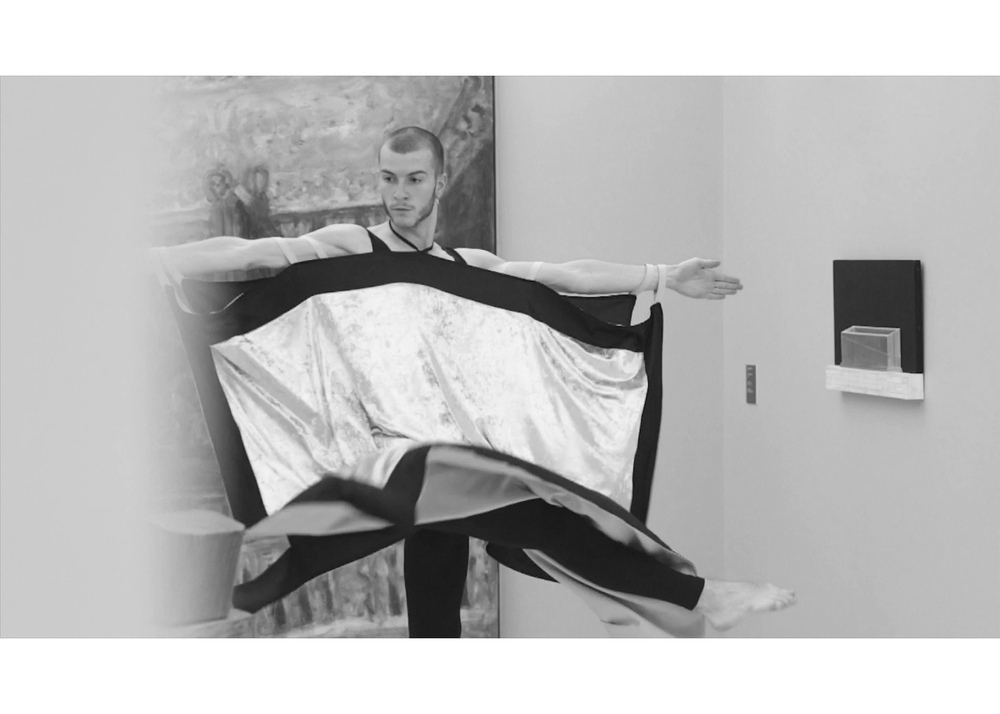
THE SHORT LIFE OF A LONG-LASTING PICTURE
first performed on October 03, 2020
MARe (Muzeul de Artă Recentă), The Museum of Recent Art, Bucharest
performed once in 2020
SIBI-BOGDAN TEODORESCU
Sergiu Diță (dancer/ performer), Hermes Luaces (composer), Kadjavsi (musician/ artist)
Bucharest, Romania/ Madrid, Spain
947691949r947691949s947691949n947691949n947691949t947691949@947691949y947691949a947691949h947691949o947691949o947691949.947691949c947691949o947691949m
www.sibiote.blogspot.com
THE SHORT LIFE OF A LONG-LASTING PICTURE
SIBI-BOGDAN TEODORESCU
This performance deals with perception issues, distance, and space inside museums. The context museums provide always tends to alter the way we see art pieces. Thus, every museum visit forges new dynamics every time, emotionally and conceptually. “The Short Life of A Long-lasting Picture” is not a trick to attract visitors or to enhance museums’ popularity, but an attempt to prospect the context of perception these specific spaces provide. Displaying many works in one “territory” recalls decisions and a certain intention of how the public should stand in front of the exhibited works. Besides aesthetic principles, there are often politically- and/or socially-oriented principles inherent in the way artwork is presented. Hence, one could see several exhibitions comprised of the same pieces in many different juxtapositions, and come away from each with a different experience. When I started to think about this performance I thought about the shifting and deceptive relationships we have with images and exhibition spaces. “The Short Life of A Long-lasting Picture” is based on the exchange between regulated movements and improvisation determined by circumstances, including the public’s.
The show evolved inside the museum’s space from the upper floors to the first one, as a reversal of the way a visitor would typically move through the museum. Part of the choreography was based on geometric patterns and repetition, but a more significant part relied on improvisation, suggesting the way we differently interact not only with the works we encounter, but also with time and our own interiority. At the start the dancer wore heavy accessories in the shape of a double cloak recalling the frame of classical paintings. In the end he abandoned them, transforming himself into pure movement. The passage from one floor to another was performed using stairs, alluding to the idea of a gradual descent and accidentally to Marcel Duchamp’s Nude Descending a Staircase.